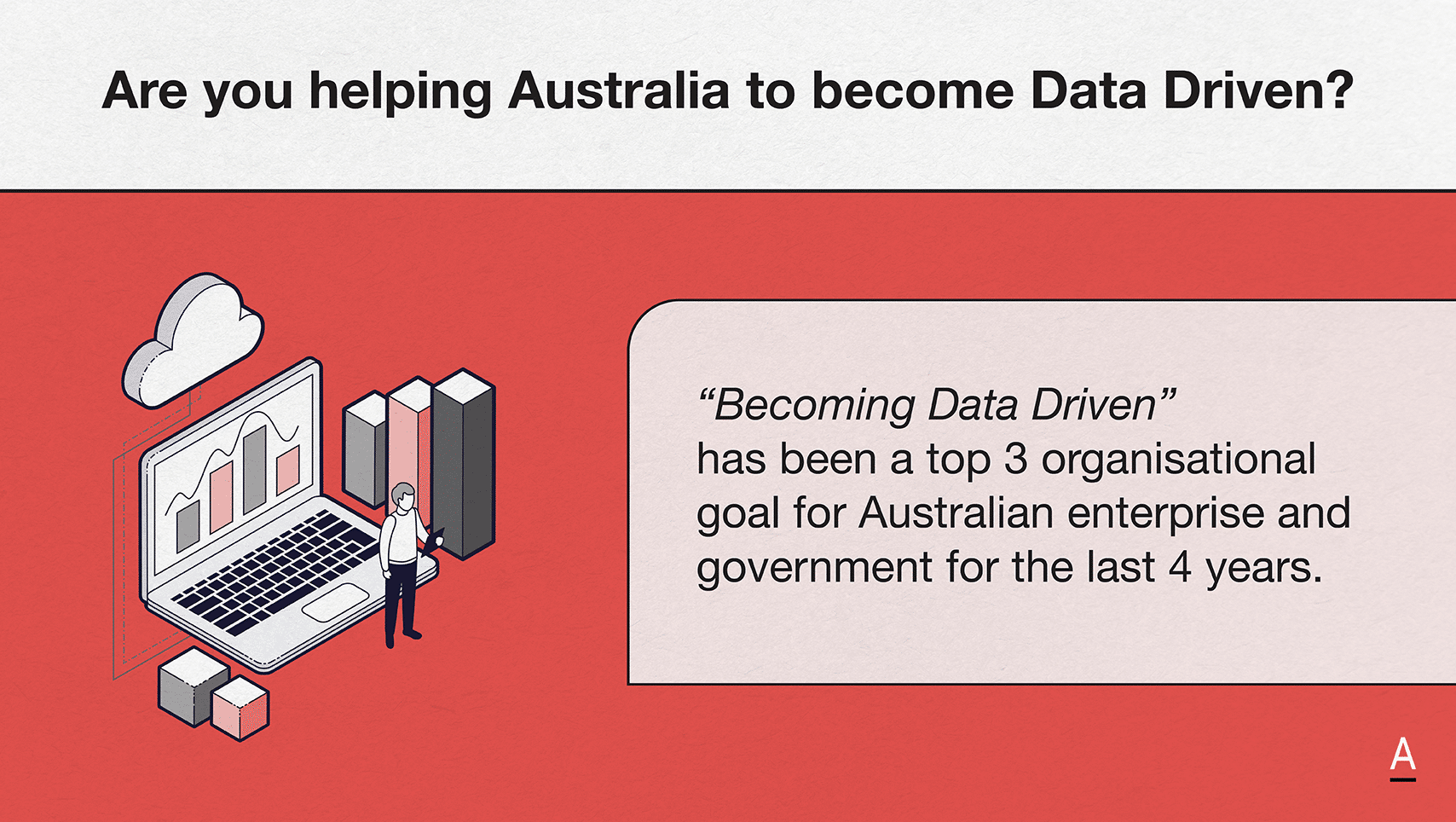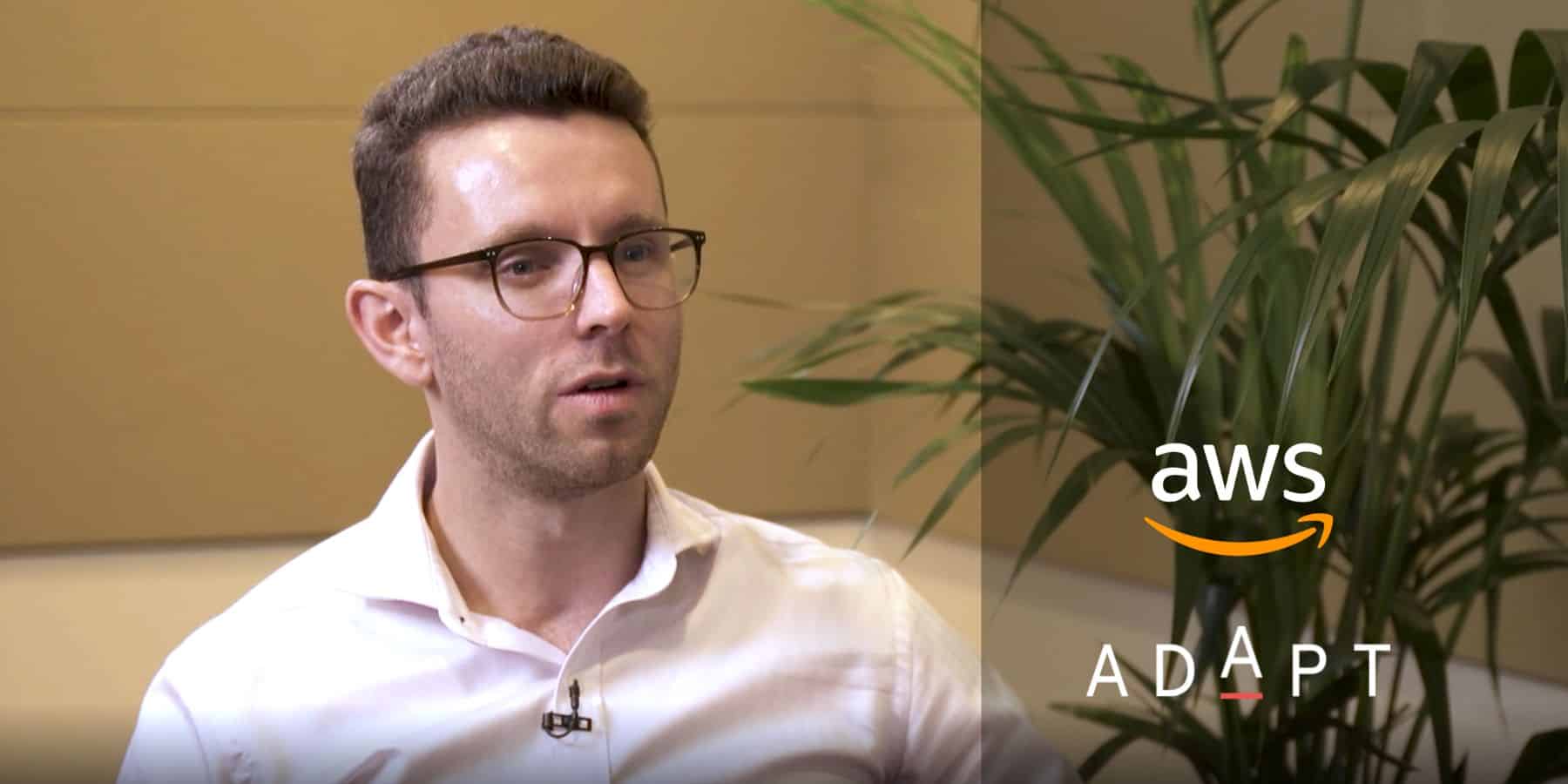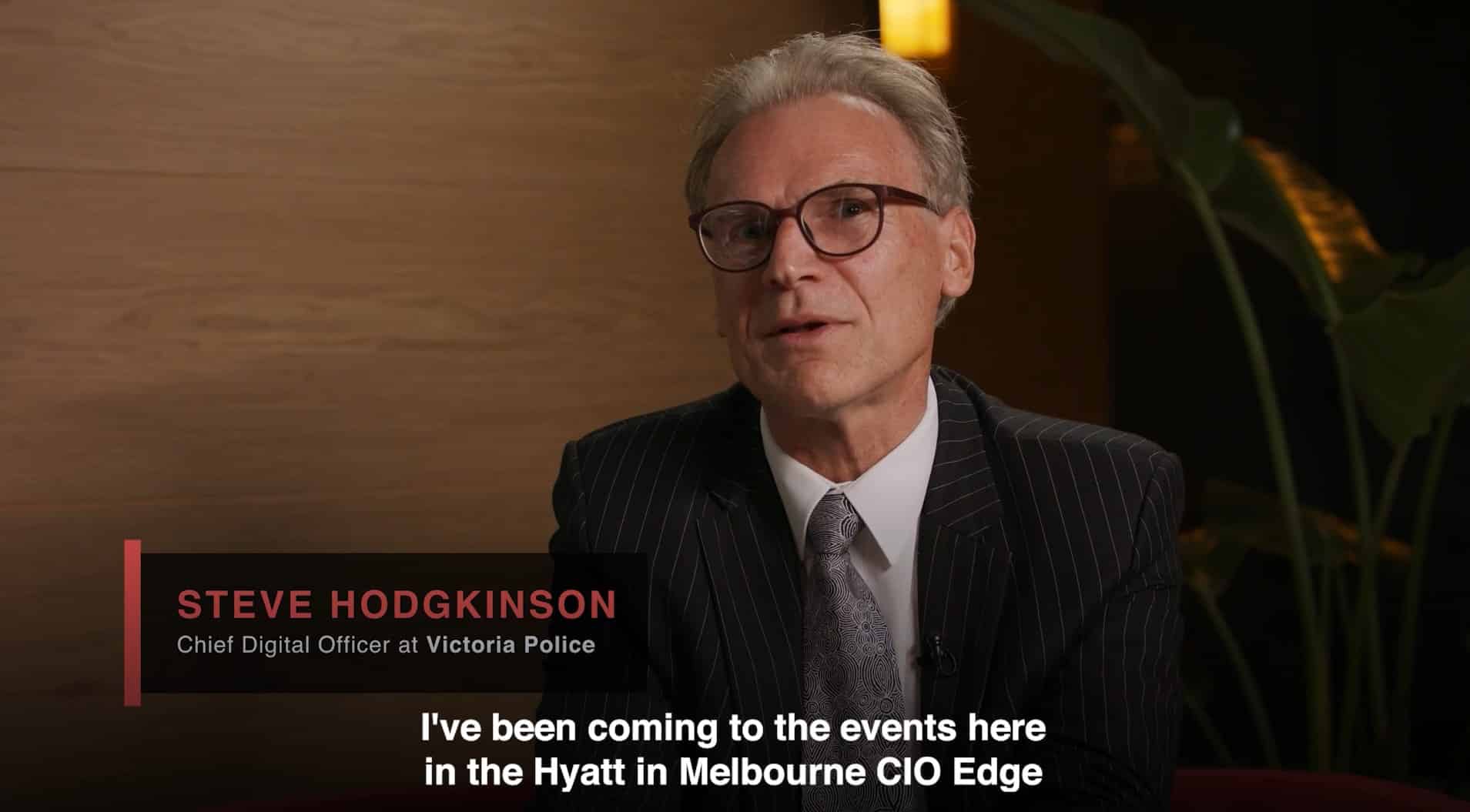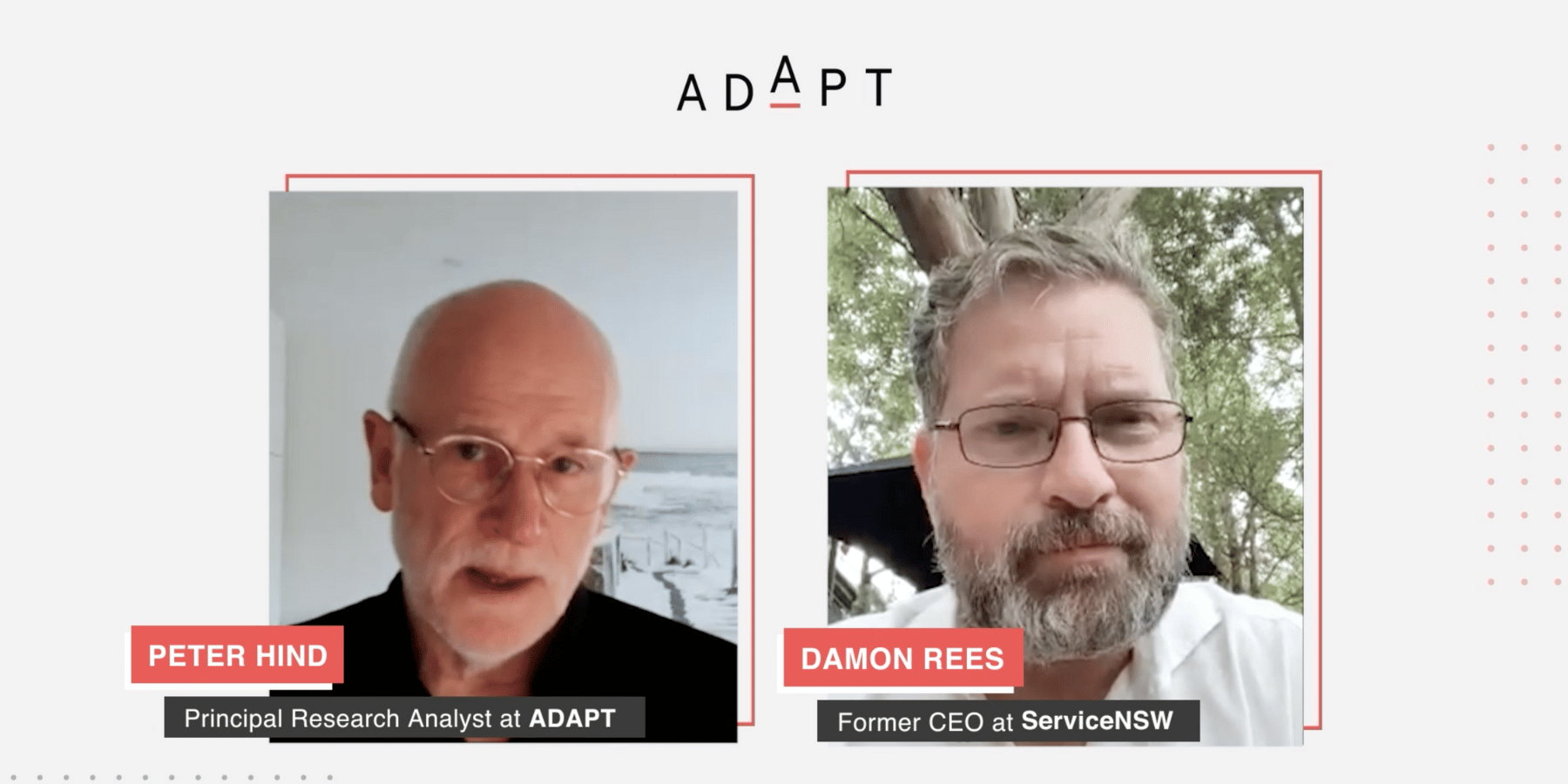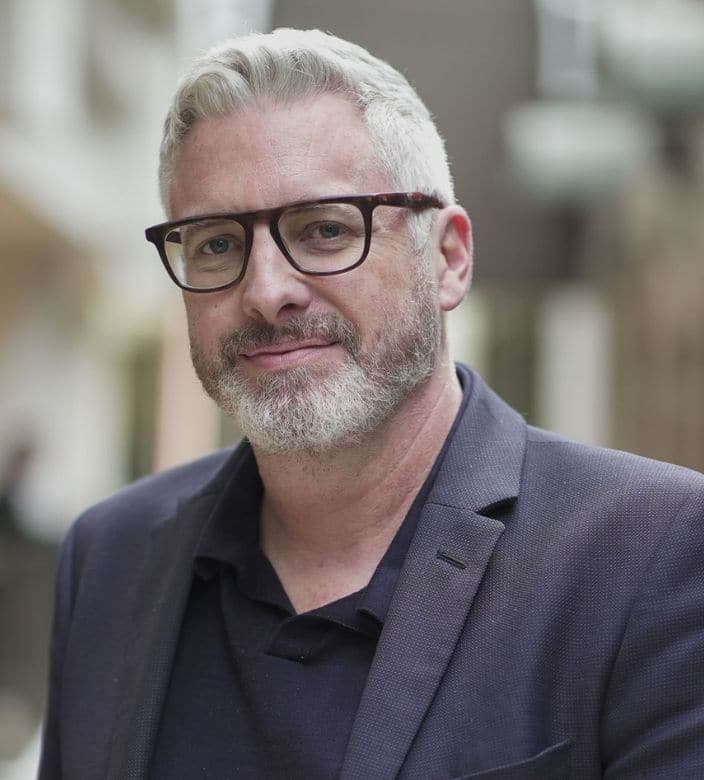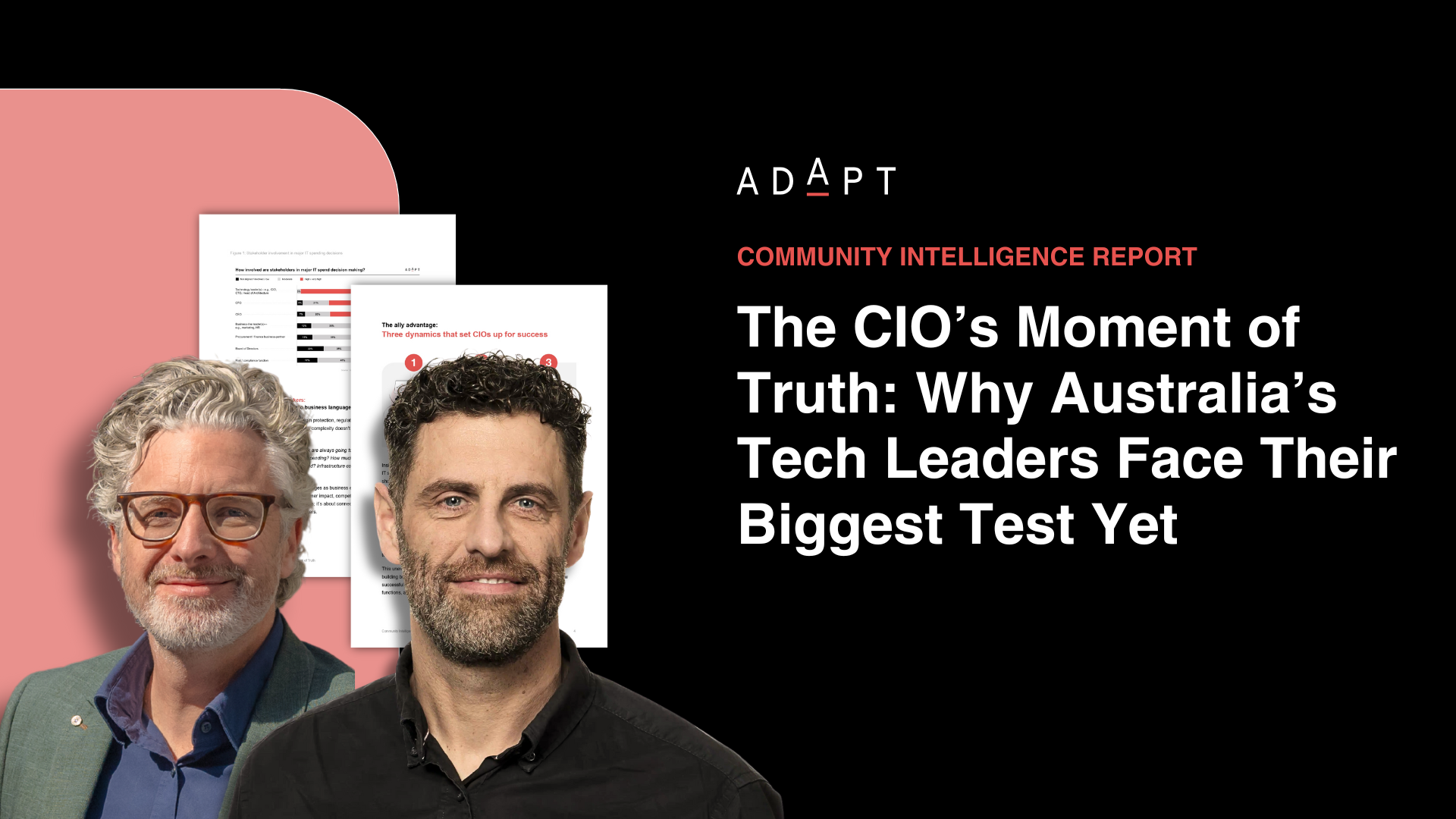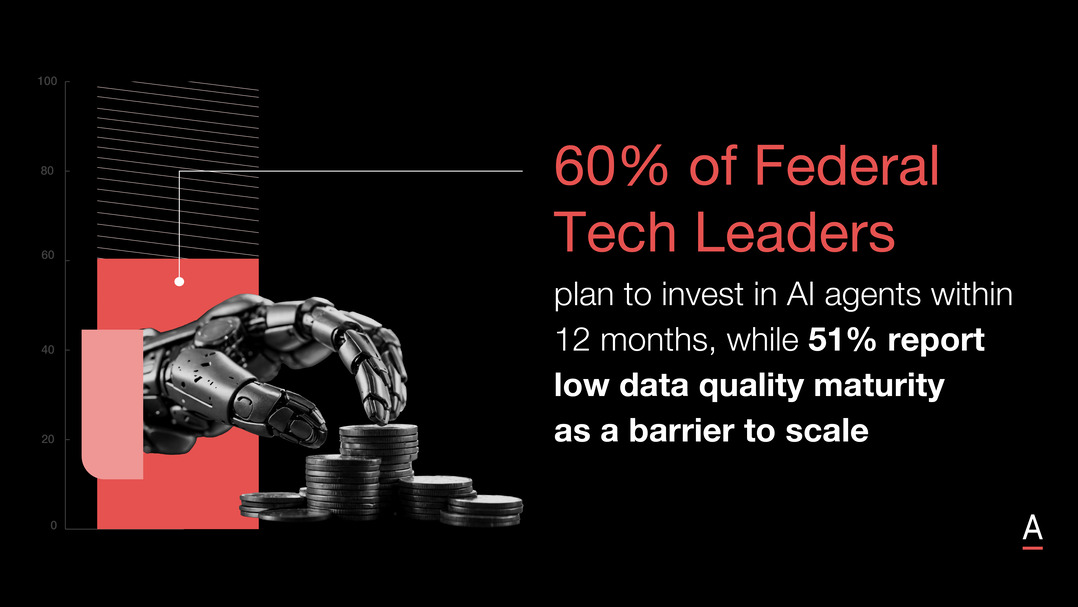How Digital Transformation Agency and Services Australia government leaders are closing the citizen service gap with limited resources
At Government Edge, senior tech leaders from the Digital Transformation Agency and Services Australia debated strategies for balancing innovation, trust, and accessibility in citizen services.At Government Edge, senior tech leaders from the Digital Transformation Agency and Services Australia debated strategies for balancing innovation, trust, and accessibility in citizen services.
David Heacock, former Chief Digital Innovation Officer at DXC and Partner at BCG, Lucy Poole, General Manager of Strategy, Planning and Performance at the Digital Transformation Agency, and Jonathon Thorpe, Deputy CEO and Chief Customer Officer at Services Australia explored how government can deliver on rising citizen expectations amid tightening budgets.
Citizens increasingly expect seamless, digital-first services, but public sector agencies face significant resource and funding constraints.
Lucy warned that when funding is limited, the biggest risk is not inefficiency but stalled innovation.
She argued that efficiency is best achieved through continuous innovation, supported by strong leadership and an environment where experimentation is safe and encouraged.
Scaling successful ideas, she said, is essential, especially in emerging fields like artificial intelligence, where benefits come through sustained, structured implementation rather than isolated pilots.
Jonathon shared that 90% of Services Australia’s interactions are now digital, but maintaining quality for the remaining 10%, often citizens in remote or vulnerable communities, remains critical.
His focus is on reinvesting efficiency gains from digital transformation back into frontline services to ensure accessibility, inclusion, and trust.
Both speakers stressed that innovation and trust must coexist.
Cyber security, data protection, and ethical technology use underpin every digital initiative.
Lucy noted a cultural shift across government toward embedding cyber resilience and modernisation into design from the outset, while Jonathon pointed to the need for updated legislation to enable responsible adoption of new technologies like AI and digital identity.
The panel agreed that capability building, collaboration, and reuse are the cornerstones of sustainable transformation.
As ADAPT research highlights, collaboration and trust underpin modernisation, helping agencies break down silos, build sovereign capability, and deliver connected, citizen-centred services.
Lucy called for a coordinated approach to talent development across the Australian Public Service, warning that internal competition for scarce technical skills weakens the system as a whole.
She advocated for sharing resources, expertise, and systems to strengthen collective capability and sustain innovation even in lean times.
Whether through incremental process improvements or the strategic use of emerging technologies, the message was clear: governments must keep innovating to deliver secure, inclusive, and responsive services for all Australians.
Key takeaways:
- Continuous innovation drives efficiency: Limited budgets should not halt experimentation. Scaling proven ideas and structured AI adoption deliver long-term value.
- Trust and accessibility remain central: A 90% digital service rate is balanced by investment in security, ethics, and inclusive design for vulnerable and remote citizens.
- Collaboration and capability building sustain transformation: Cross-agency talent programs, shared systems, and strong partnerships strengthen the public service ecosystem.




